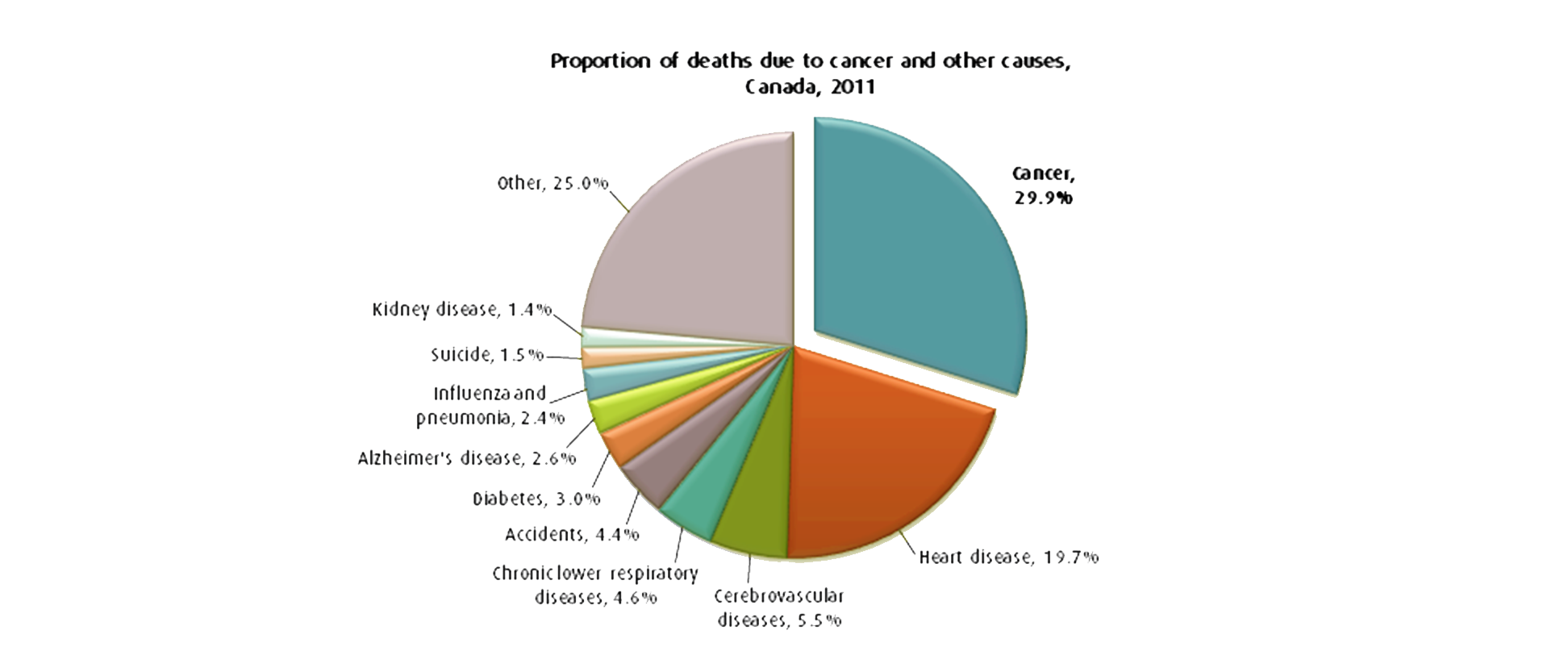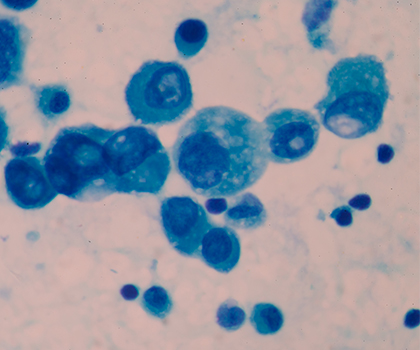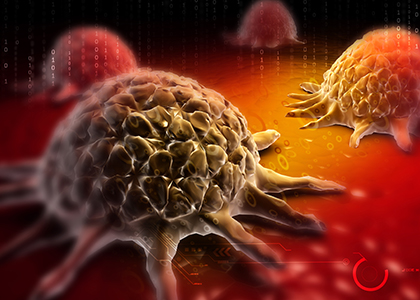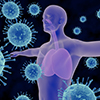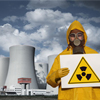Surgery
Surgery is the most common treatment for colorectal cancer.
- Colonoscopy: A small malignant polyp may be removed from your colon or upper rectum with a colonoscope. Some small tumors in the lower rectum can be removed through your anus without a colonoscope.
- Laparoscopy: Early colon cancer may be removed with the aid of a thin, lighted tube (laparoscope). Three or four tiny cuts are made into your abdomen. The surgeon sees inside your abdomen with the laparoscope. The tumor and part of the healthy colon are removed. Nearby lymph nodes also may be removed. The surgeon checks the rest of your intestine and your liver to see if the cancer has spread.
- Open surgery: The surgeon makes a large cut into your abdomen to remove the tumor and part of the healthy colon or rectum. Some nearby lymph nodes are also removed. The surgeon checks the rest of your intestine and your liver to see if the cancer has spread.
When a section of your colon or rectum is removed, the surgeon can usually reconnect the healthy parts. However, sometimes reconnection is not possible. In this case, the surgeon creates a new path for waste to leave your body. The surgeon makes an opening (stoma) in the wall of the abdomen, connects the upper end of the intestine to the stoma, and closes the other end. The operation to create the stoma is called a colostomy. A flat bag fits over the stoma to collect waste, and a special adhesive holds it in place.
For most people, the stoma is temporary. It is needed only until the colon or rectum heals from surgery. After healing takes place, the surgeon reconnects the parts of the intestine and closes the stoma. Some people, especially those with a tumor in the lower rectum, need a permanent stoma.

